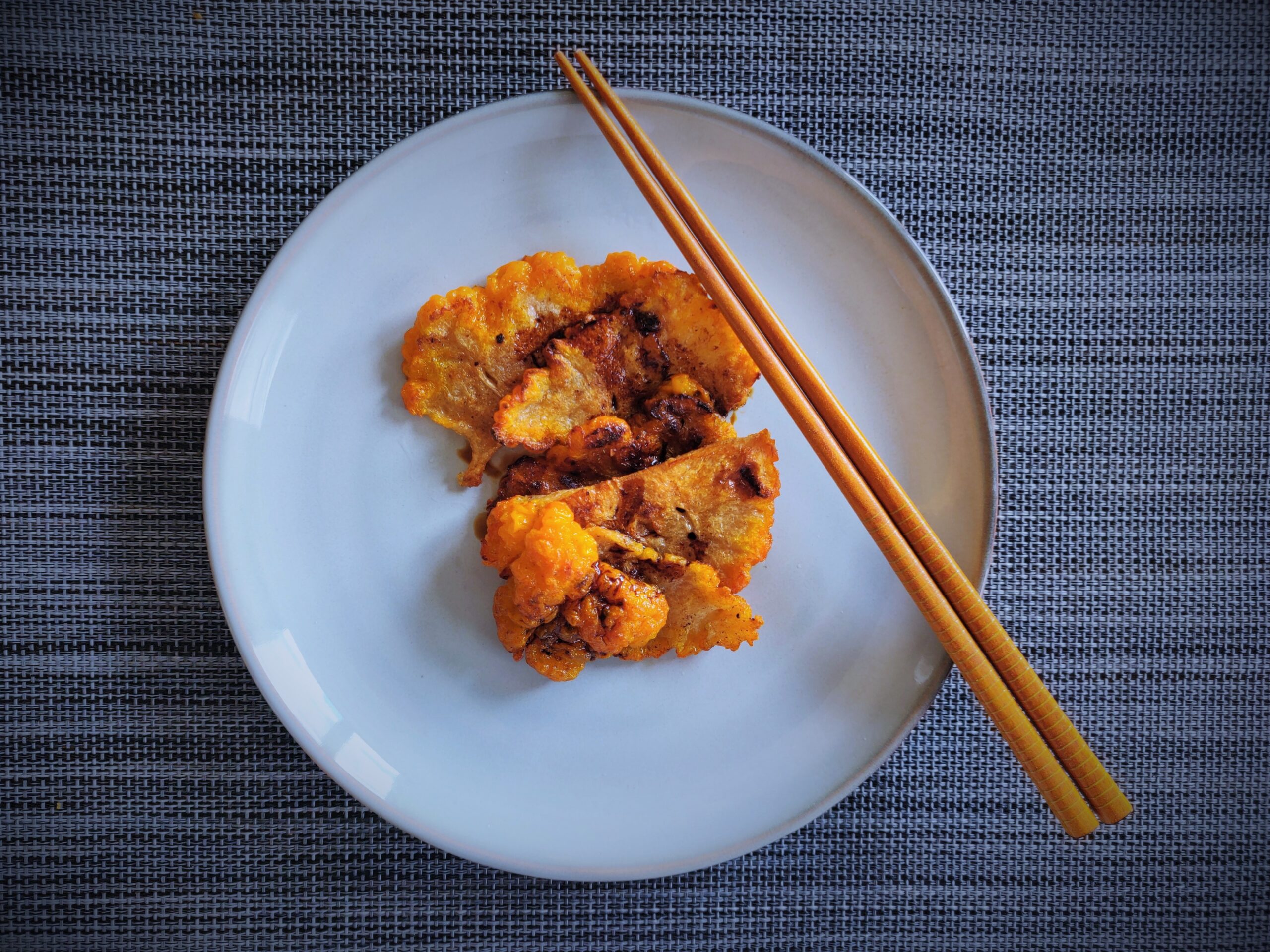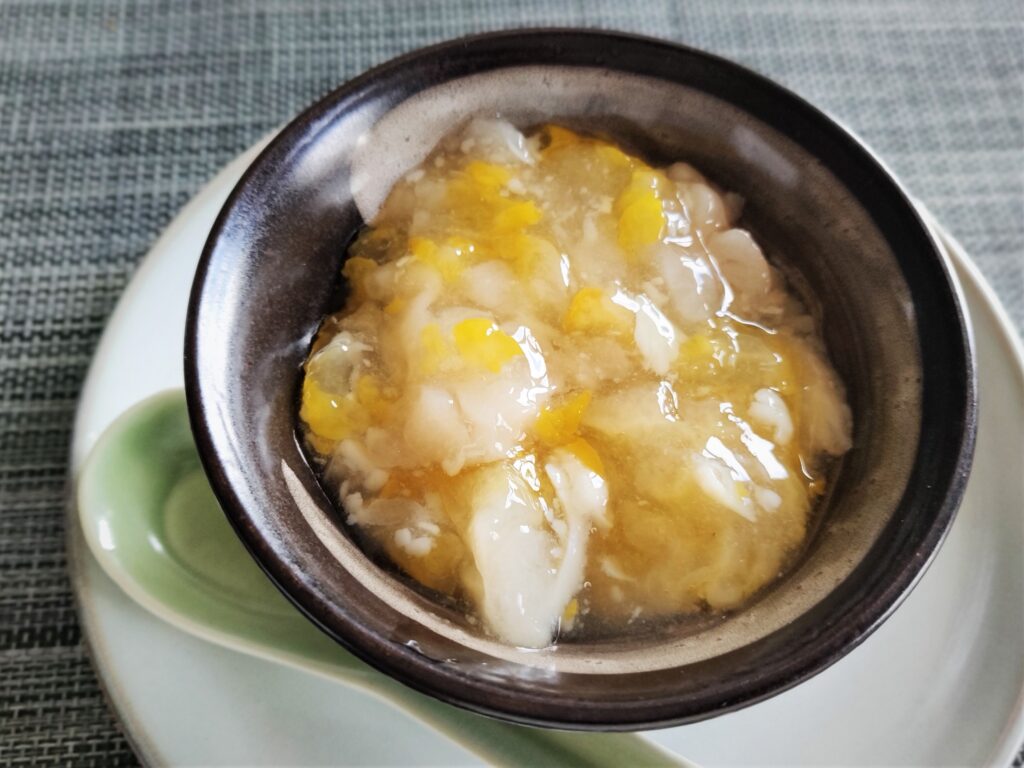You may have tried some of the edible fungi popular in Chinese cuisines, such as the Wood Ear (Mu’er 木耳) which I have written about here or the Silver Ear (Yin’er 银耳) which is an important ingredient in a popular Cantonese dessert. If you haven’t tried the Golden Ear (Jin’er 金耳), then you really should!
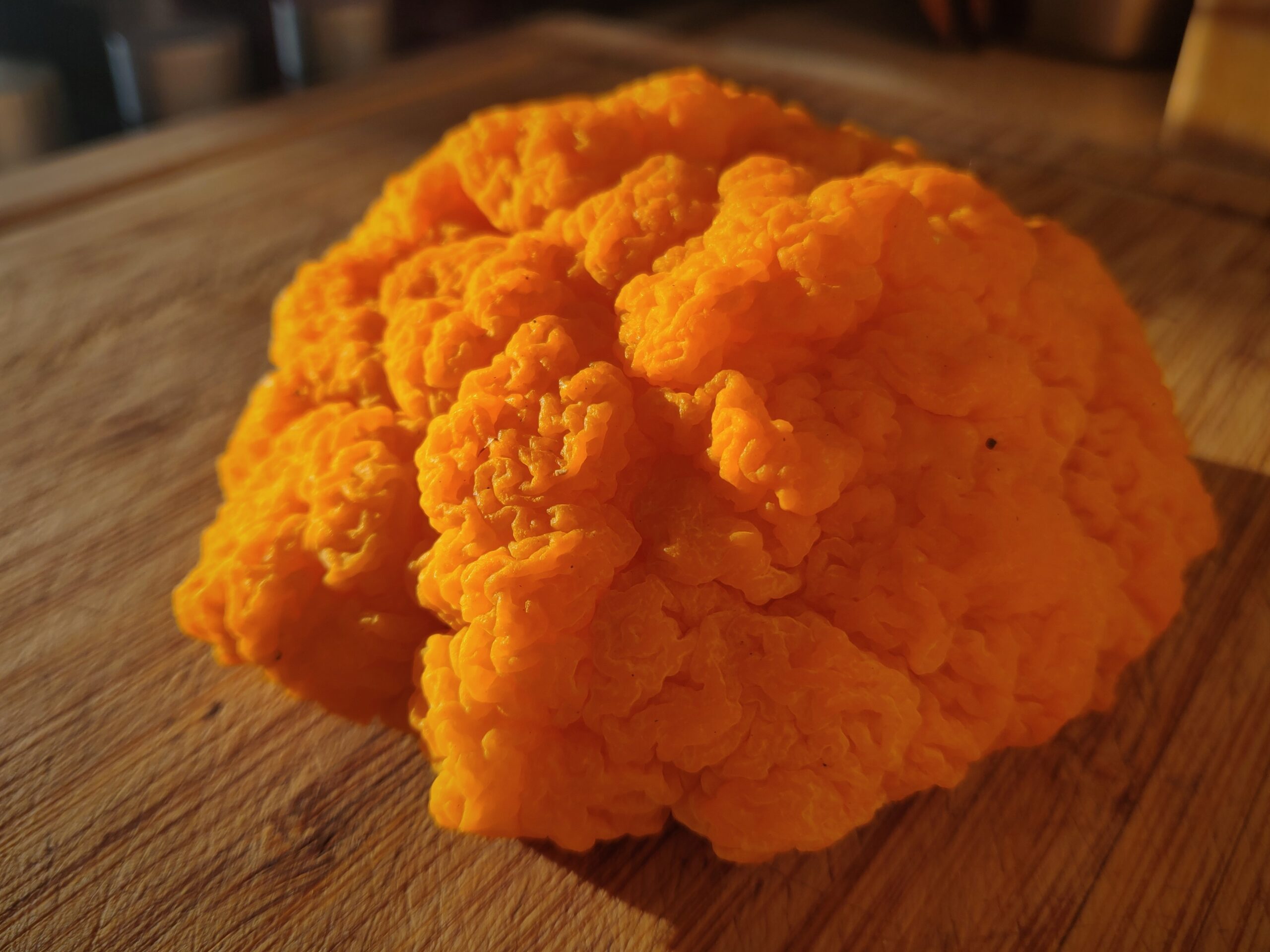
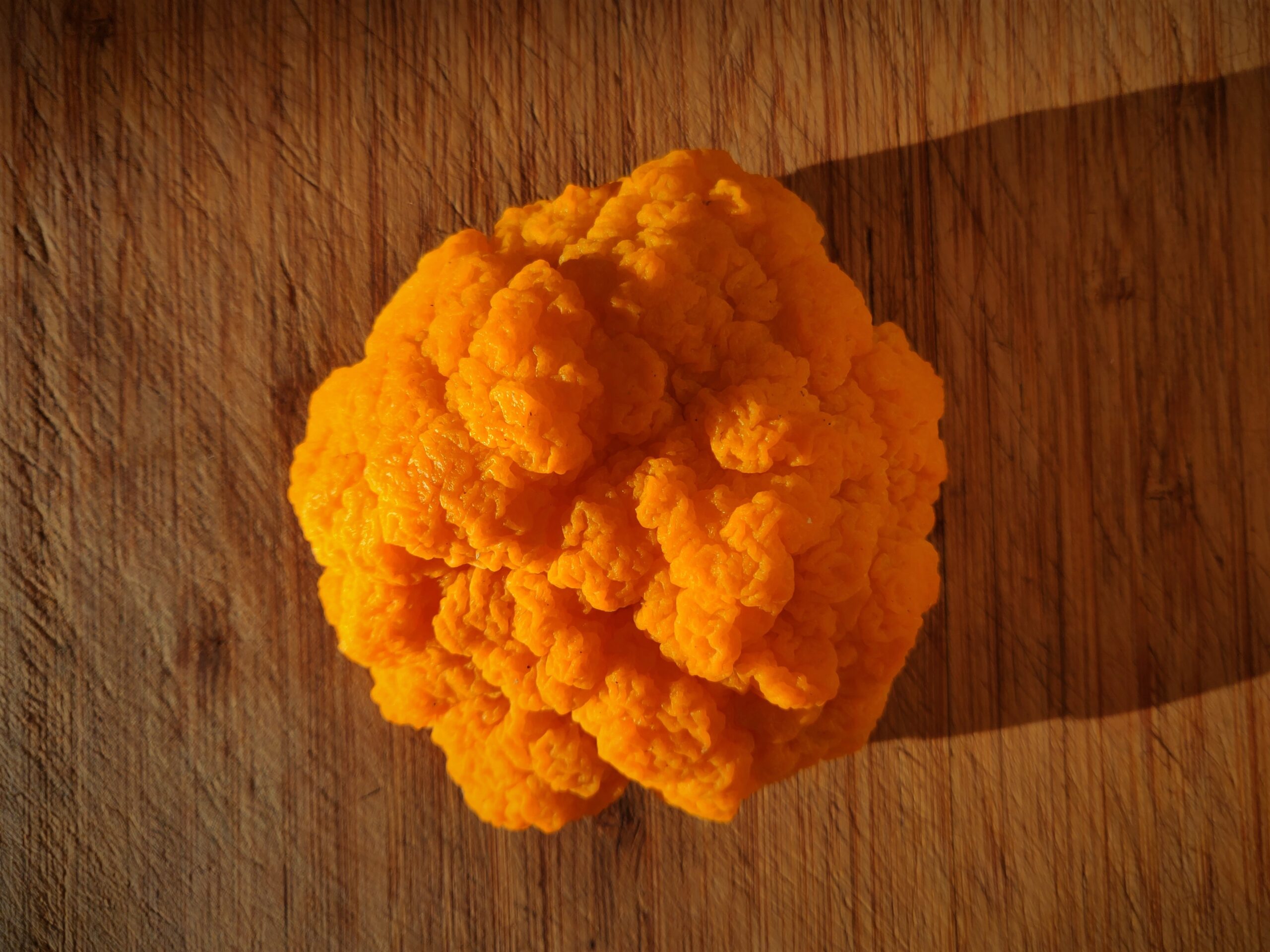
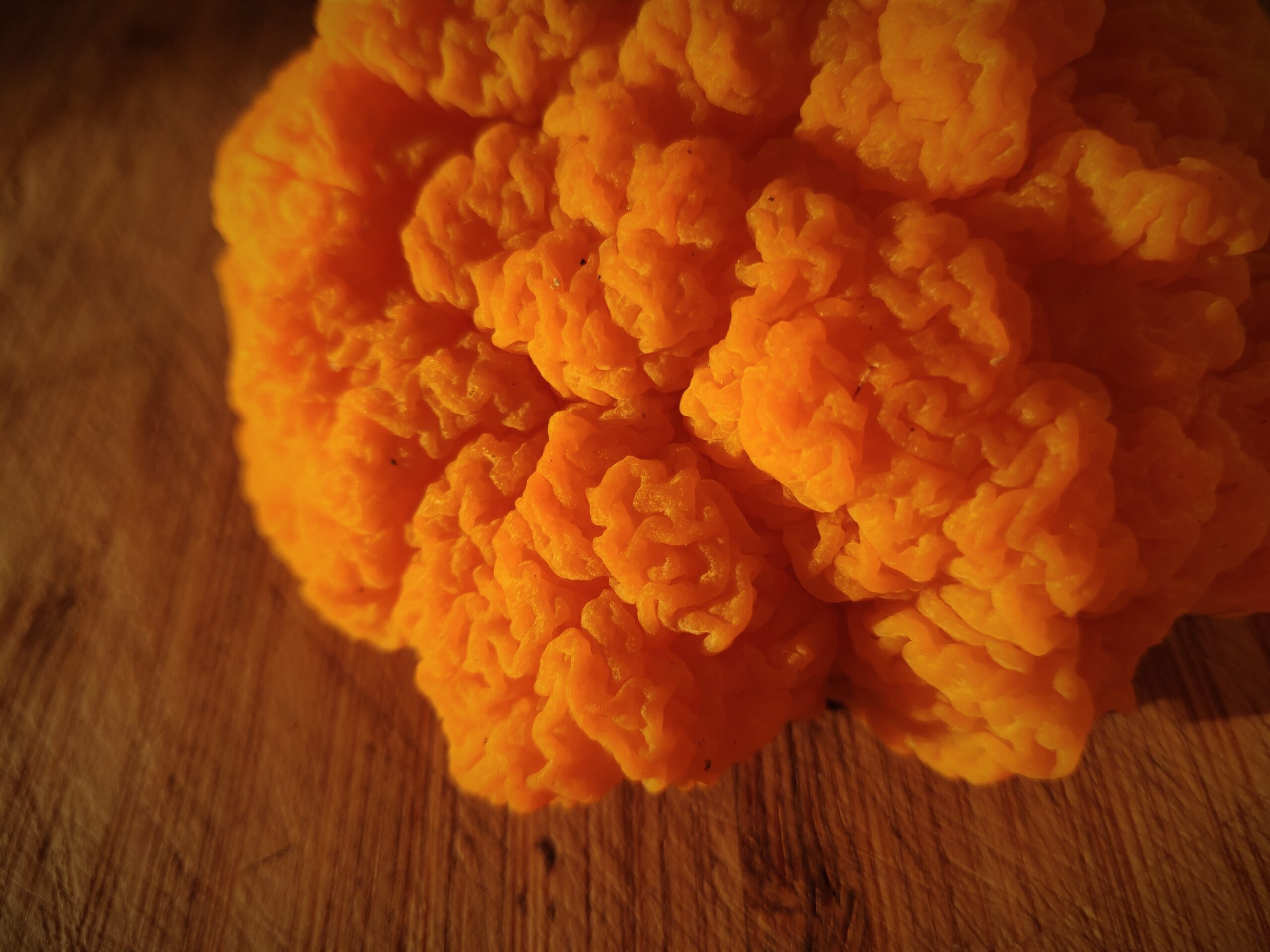
What is the Golden Ear 金耳?
First defined as ‘Tremella aurantia‘ in 1822 by German-American mycologist Lewis David de Schweinitz, the name ‘Golden Ear’ is popular in the US after its Chinese name – Jin’er 金耳.
However, Edward Angus Burt reclassified the species as ‘Naematelia aurantia‘ once analysis found that it is a unique genus.
Found throughout Western Europe – from Britain to Portugal – and on the other side of the Eurasian continent in Southwest China – Sichuan and Yunnan, the Golden Ear is found on rotten wood but instead of feeding on the wood itself, the fungus’ mycelium feeds on the fungal hosts like the Stereum hirsutum that feed on the wood instead!
As an adult, the Golden Ear looks like an orangy human brain. When touched, it is lumpy and jelly-like.
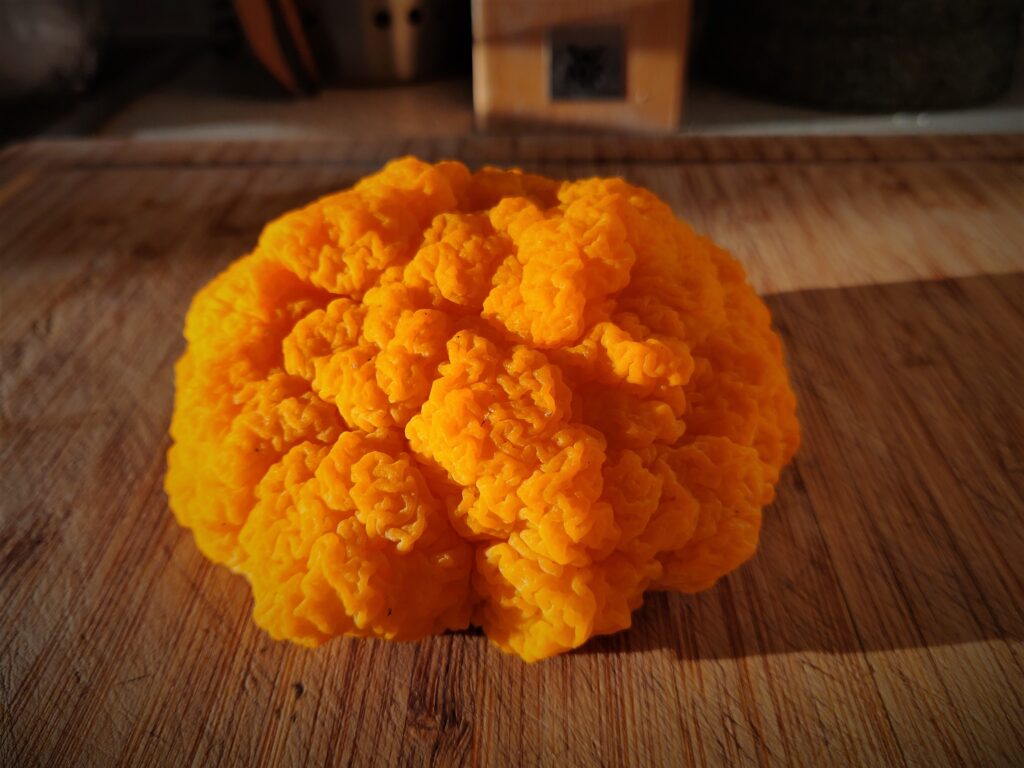
Differences between the European and Chinese Golden Ear
European and Chinese Golden Ear look exactly the same, although in Europe, the fungus had never been consumed. It was curious though, that the same genus could be found so far apart with nothing in between.
It was only until 2016 that mycologists finally settled on the correct naming of Golden Ear and other similar fungi in “Towards an integrated phylogenetic classification of the Tremellomycetes“. The microscopic differences between the European and Chinese Golden Ears were finally recognised, and the Chinese variety is now called “Naematelia aurantialba (Bandoni & M. Zang) Millanes & Wedin“.
Purported Benefits of the Golden Ear 金耳
The Golden Ear 金耳 has long been prized in Chinese medicinal cuisine as well as Chinese Southwest cuisines such as Sichuan and Yunnan cuisines.
Compared to the Wood Ear and the Silver Ear, the Golden Ear is higher in rich in fats, protein and trace elements such as phosphorus, sulfur, manganese, iron, magnesium, calcium, potassium, and mycelium polysaccharide. Its fruiting body’s polysaccharide is composed of glucose, glucuronic acid, mannose, xylose and rhamnose.
In Chinese medicine, the Golden Ear is considered a nutritional tonic, and is often used as medicine. As a ‘warm’ food, the Golden Ear is used to alleviate symptoms of the cold, such as phlegm and cough. In traditional Chinese medicine, the Golden Ear helps improve metabolism, inhibit the growth of tumor cells and it even possesses anti-aging and anti-hypoxia properties. Beware, these properties are not confirmed by any scientific studies.
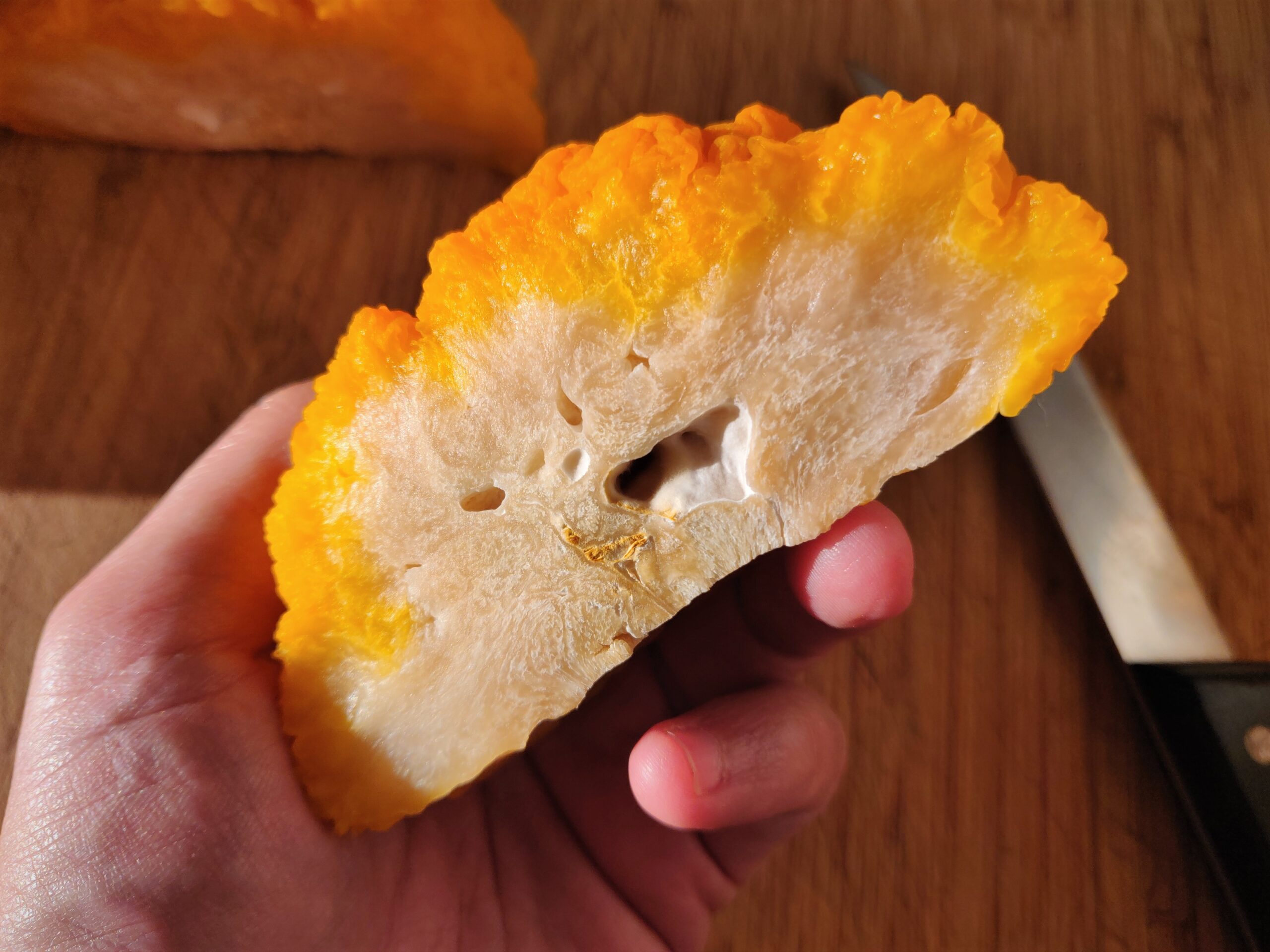
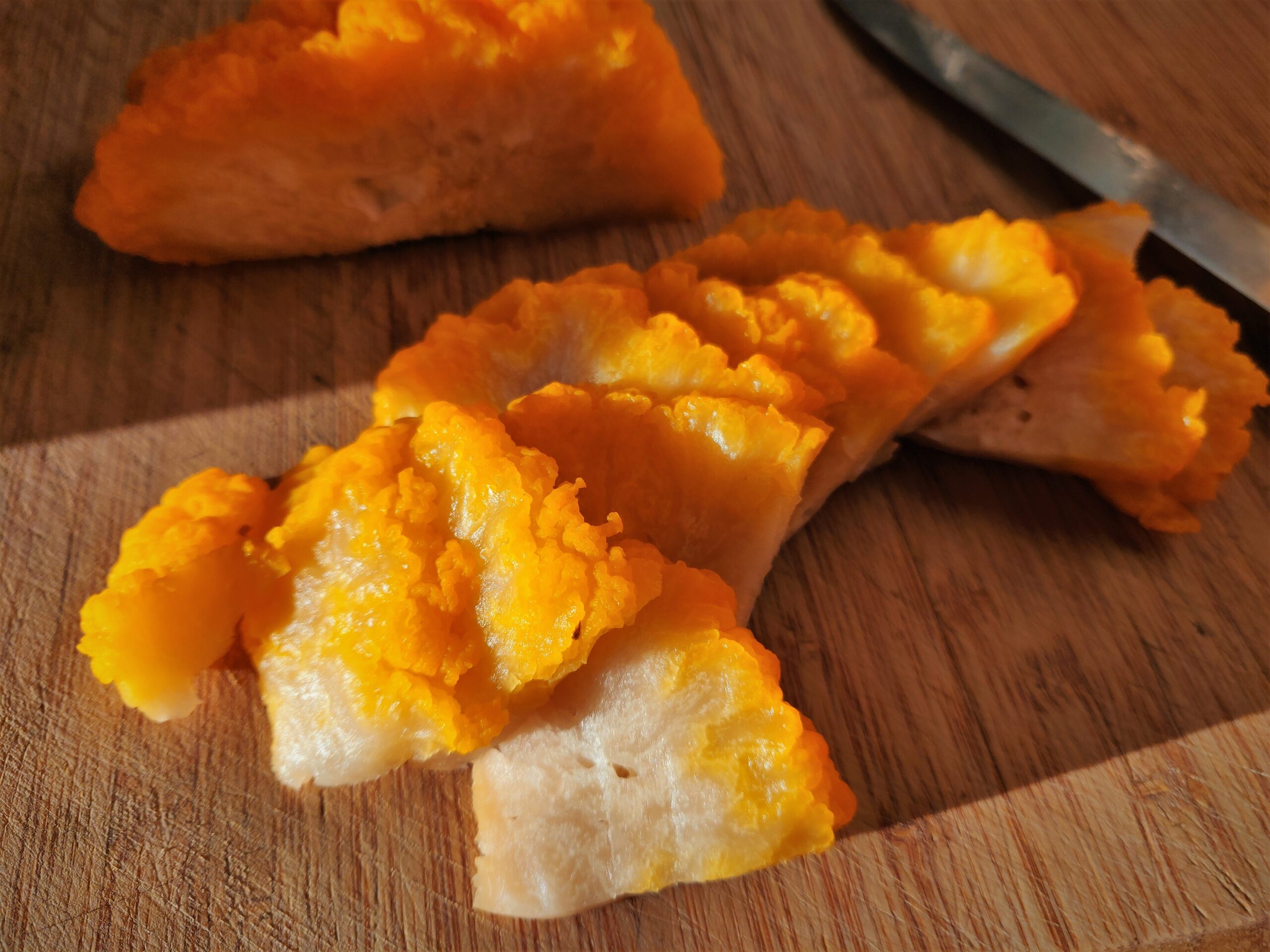
How can you consume the Golden Ear 金耳?
Miraculous medicinal abilities of the Golden Ear aside, it is a great culinary wonder on its own! The jelly-like texture, the colours, and the soft taste make it a valuable novel ingredient in the arsenal of any adventurous chef out there.
For the amateur chefs in the rest of us, there are two ways you can use the Golden Ear, that I have personally tried.
Stewed Golden Ear with Rock Sugar 冰糖金耳
This is a classic Cantonese dessert that normally uses the Silver Ear. It has two basic ingredients: the Golden Ear and rock sugar. But you are welcome to add other things like wolfberries, lilybuds, and jujube dates. Once cooked, the jelly quality of the Golden Ear turns the whole dish into a sweet jelly which is then chilled in the fridge before being served.
Pan-fried Golden Ear
Slice your Golden Ear and pan-fry it until crispy on both sides. Drizzle with quality naturally-brewed soy sauce. The crispy outside of the Golden Ear, contrasts with the chewy inside, goes really perfectly with top quality soy sauce. Extremely simply, but amazingly satisfying.
